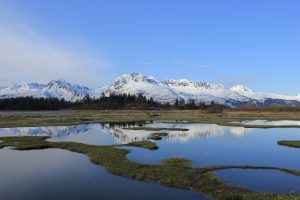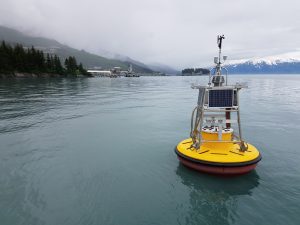The Council held a virtual board meeting, via video and teleconference, on Thursday and Friday, May 6-7, 2021.
On the agenda
The Council conducted regular business during the meeting, including seating of established directors and committee members and election of new board officers. Other topics included on the agenda were:
- An activity report by Alyeska Pipeline Service Company on the Valdez Marine Terminal and Ship Escort/Response Vessel System operations.
- A discussion with Representative Andy Josephson, Alaska State Legislature, District 17.
- Reports on results of maintenance reviews of crude oil storage Tank 8 and cathodic protection systems at the Valdez Marine Terminal.
- A presentation on the results of a project to assess and describe the current worldwide best practices being used in the design and operation of highly capable rescue tugboats, specifically around needs and requirements necessary for operation in Prince William Sound and the Gulf of Alaska.
- A presentation on the vetting of foreign flagged tankers by Harvest Alaska Midstream.
- A presentation on new web-based resources about the Regional Stakeholder Committee concept, unique to Alaska spill response policy.
- A presentation covering who pays for response and damages from an oil spill, the liabilities associated with a spill, and the legal implications of “responsible party,” including an explanation of the legal and financial requirements and differences between federal and state laws and regulations.
- A report on the annual analytical summary and interpretation of the passive sampling device, mussel and sediment samples taken each summer for the Long-Term Environmental Monitoring Program.
- A presentation on the latest version of the Council’s “Coping with Technological Disasters: A User Friendly Guidebook” and the associated appendices.
- A report from the Council’s legislative monitors and staff on political developments and prospects coming out of Washington, D.C., and Juneau.
Council board meetings are routinely recorded and may be disseminated to the public by the Council or by the news media.
Both Council offices (Anchorage and Valdez) are currently closed to the public as a safety precaution due to the COVID-19 pandemic. The health and safety of Council staff and volunteers are our top priority and will drive decisions as the situation evolves and more information becomes available. Updates on COVID-19 impacts to Council activities.
News release in PDF:
Prince William Sound RCAC board meeting will be virtual, May 6-7 (2021)

